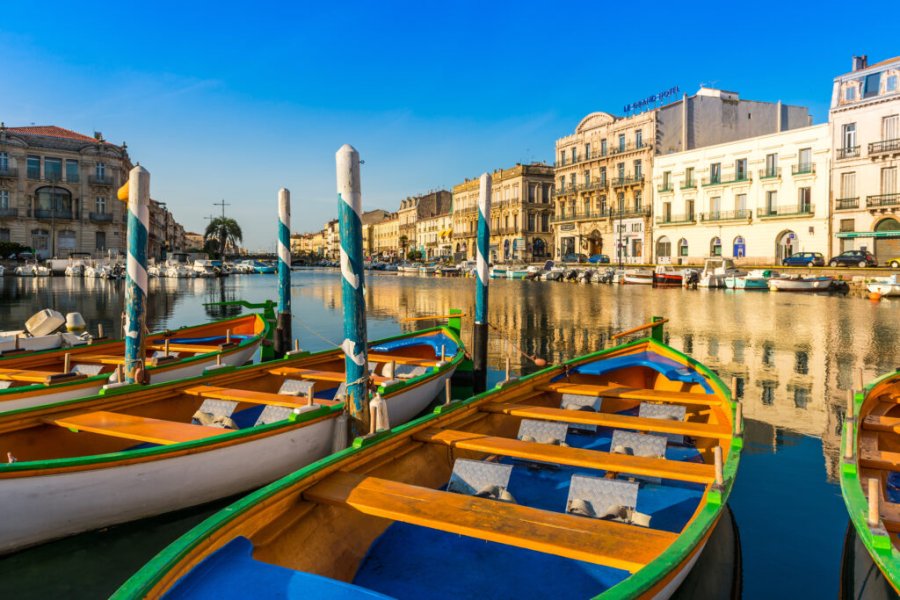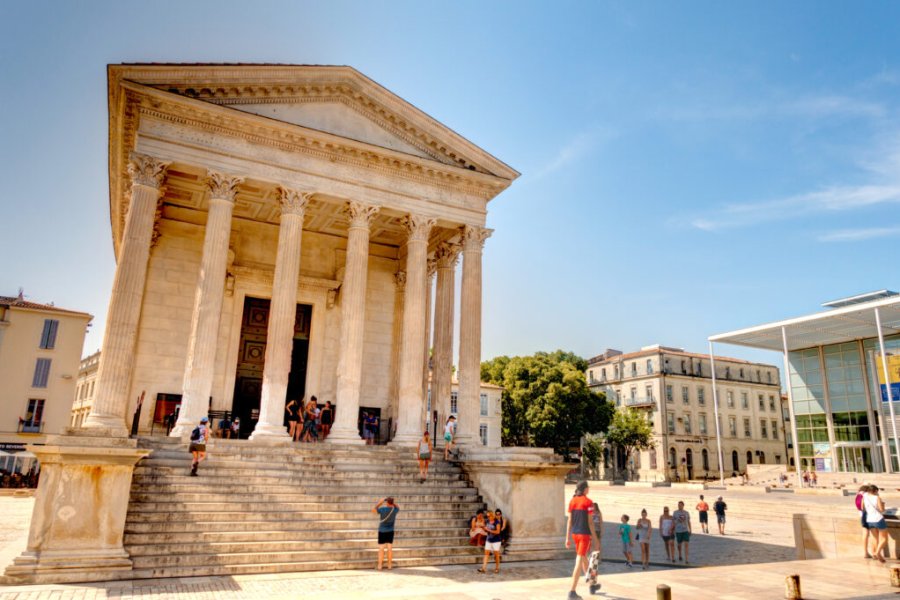Travel Guide Rancagua
Find an accommodation
Advertising
Capital of Region VI, birthplace of the liberator O'Higgins, Rancagua is located 87 km south of Santiago. The region was first inhabited by the Picunches (a Mapuche-influenced people), as evidenced by the pukara (fortress) of Cerro La Compañía. This large city of about 215,000 inhabitants was founded in 1743 by Don José Antonio Manso de Velasco, on land donated by the Picunche cacique Tomás Guaglén, and named Villa Santa Cruz de Triana. Chilean history was written there in 1814 when the troops of O'Higgins and José Miguel Carrera resisted for two days to the royalist army three times superior in number, before capitulating. This event, known as the Disaster of Rancagua, is commemorated every year on October 2 with a grand parade. Today, its activity revolves around fruit farming, but especially the El Teniente copper mine, founded in 1904, the largest underground mine in the world with no less than 1,500 km of tunnels! Not very attractive from a tourist point of view, the city can nevertheless constitute an interesting stop, since it boasts to be the Chilean capital of the rodeo, and that some unknown sites in the surroundings constitute as many destinations out of the beaten tracks. A visit is worthwhile if you are visiting in autumn during the national rodeo championship: you will enjoy an immersion in the huaso tradition and admire the exploits of the best riders in the mythical Medialuna stadium.
What to visit Rancagua?
Weather at the moment
Advertising
Organize your trip with our partners Rancagua
Transportation
Book your plane tickets
Car Rental
Boat rental
Accommodation & stays
Find a hotel
Holiday rental
Find your campsite
Tailor-made trip
Immersion travel
Services / On site
Activities & visits
Find a doctor











